The Immortal Life of Henrietta Lacks is a book about tragedy. It’s a book about how decisions can alter families. It’s about the marvels and unspoken horrors of science and medicine. Most importantly, however, the book is about how Henrietta Lacks is more than just HeLa. This is the story of Henrietta Lacks, Paraphrased and VERY shortened down.
Henrietta Lacks started as an average person living in a small town named Clover. She didn’t have much of an education, only to the sixth or seventh grade level. She married her first cousin, Day, and soon moved out to Turner Station. After a session at the Johns Hopkins Hospital, she finds that she has Epidermoid carcinoma of the cervix. During these visits, the doctors take a sample of the tumors while she is having surgery. This brings up a very important question: Was this ethical? I will just say that I don’t think so. Technically, she did sign a waiver to let them perform any procedures on her, but nowhere in the form did it say that they would take a sample of the cells.
After a few of the treatments, her life is mostly the same. However, during this era, they used radium to treat cancer, which would remove not only cancerous cells but also regular blood cells. Eventually, at some point, it just became agonizing. Additionally, near the end of these treatments, she was informed that the treatment had left her infertile, something they should’ve done before the treatments. However, according to a medical record, she would not have gone through with the treatment had she been told sooner.
During this time, in a lab, the cells started miraculously duplicating. This shocked scientists around the world, and eventually, the main doctor, Gey, began sending some of her cells to scientists. Never marked under the full name of Henrietta Lacks, only marked as HeLa. Many would experiment with these cells, such as Alexis Carrel, who used them to make a chicken heart, which led to him winning a Nobel Prize. The most important part is that no one even thought to think about who HeLa was; they only thought about the cells.
Meanwhile, Henrietta’s life was only getting worse. What started as “vague lower abdominal discomfort” led to aching on both sides and abdominal pain. Not long after, she had to have a catheter. Eventually, a doctor felt a “stony hard” mass on the abdomen, which elicited an X-ray. This led to the discovery that it was blocking her urethra, and they simply labeled her as Inoperable and sent her to bed.
It would be purposeless to describe the pain she was experiencing, as my vocabulary would understate everything she felt. She was constantly throwing up what she consumed, she could barely urinate. Meanwhile, the only thing George Gey was interested in was whether he could get a second batch of cells to grow like the first. However, while she was in the hospital due to pain, Gey revealed to her that her cells would save lives, which made Henrietta at least happy that she would help someone.
It wasn’t long before Henrietta’s death. By the time she passed, almost all of her body was tumors. This was the story of Henrietta Lacks. I recommend reading the rest of the book, as it is very insightful for those looking to learn more about biology and Henrietta Lacks. I have decided to only cover the first third of the book, as this article is about Henrietta Lacks more than the rest of HeLa. This was an amazing read, and I would highly recommend to learn the real story of the woman behind modern medicine.

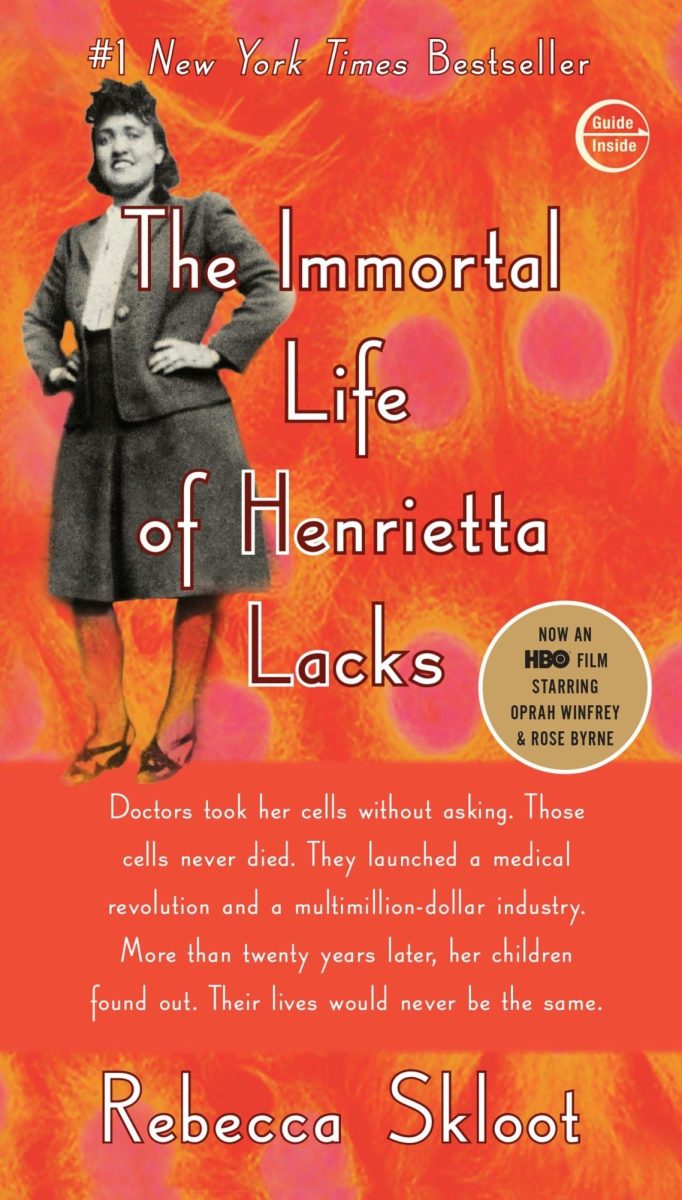






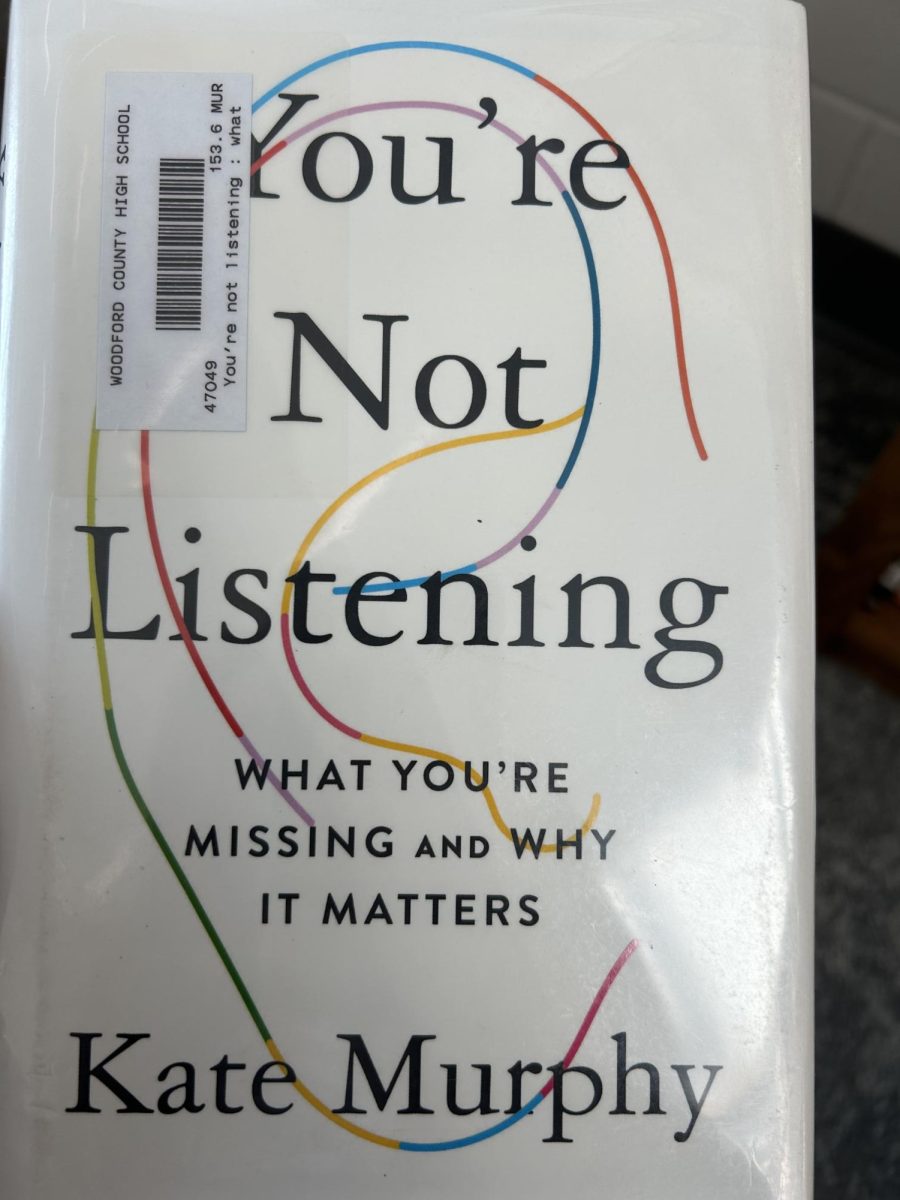

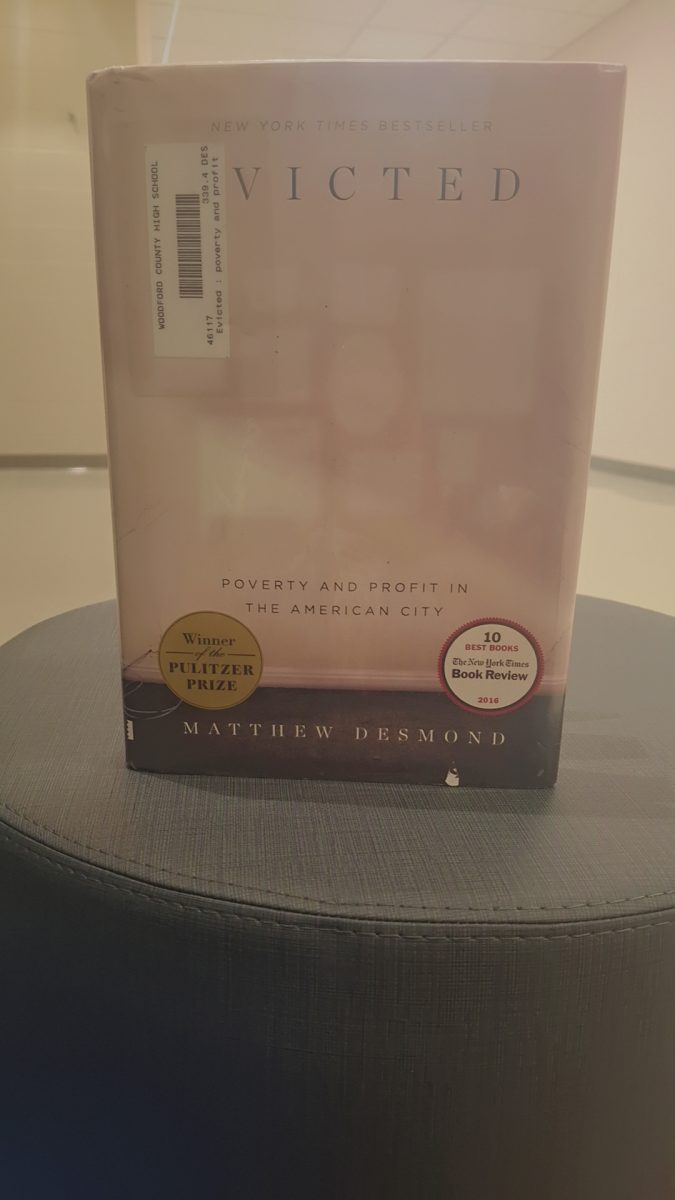


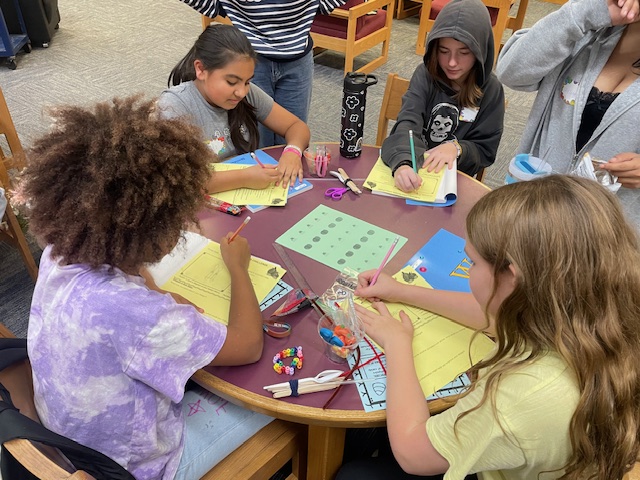
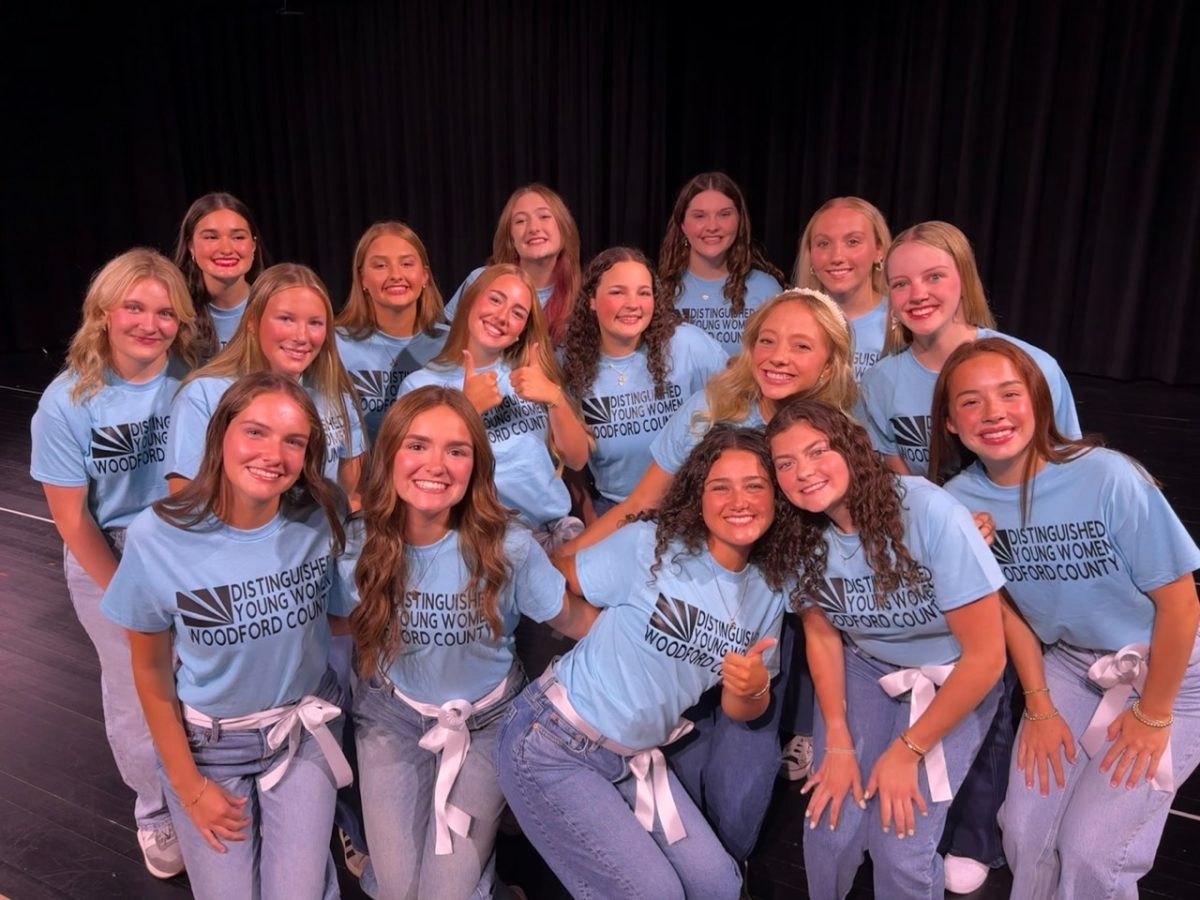



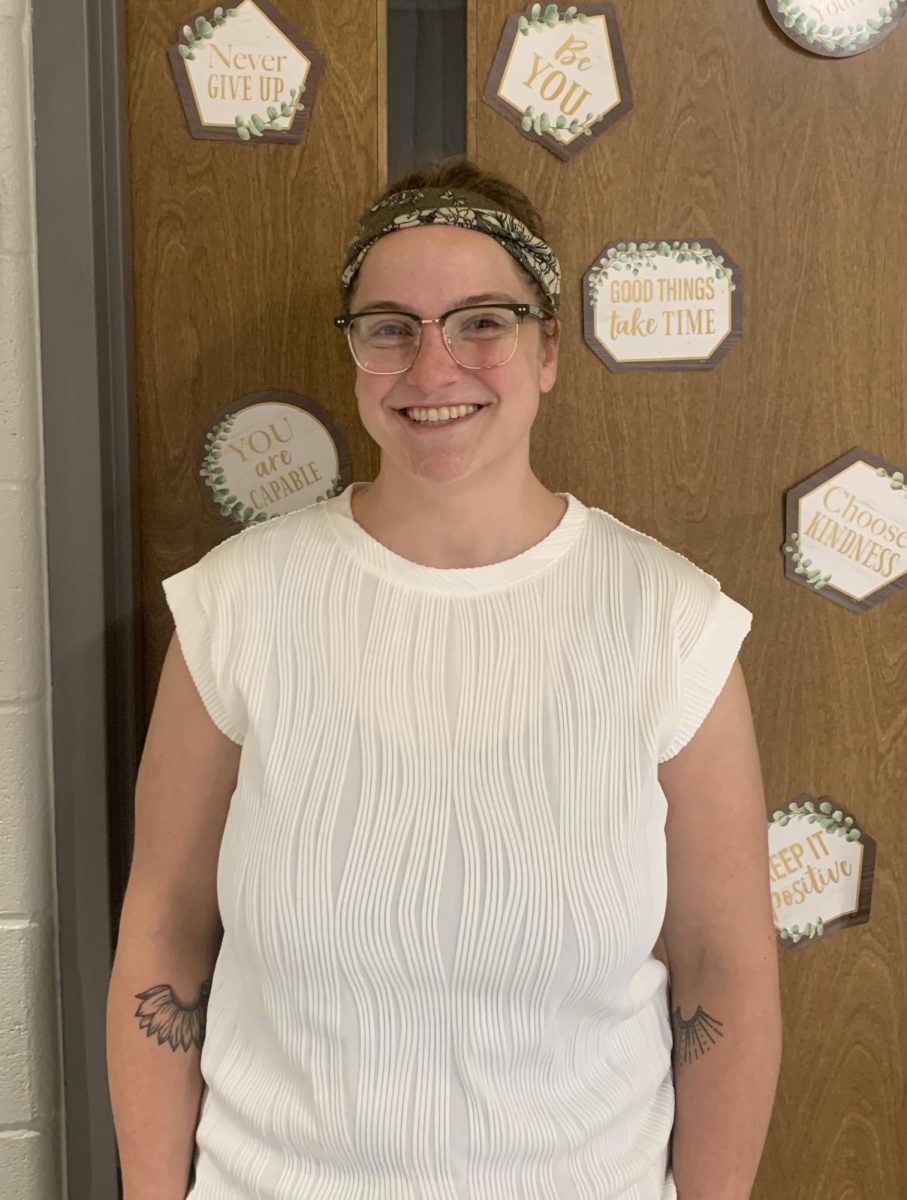

Mona Romine • Aug 27, 2025 at 2:42 PM
A science book that educates and yet reads on a level that lends itself to most any reader from middle school on. This book left me feeling conflicted. Ok, I’m still conflicted to this day to be honest. There is no denying, however, that we, AS A WORLD have benefitted from the gift Henrietta unknowingly gave to mandkind. It’s a MUST READ!